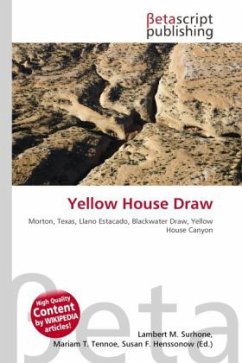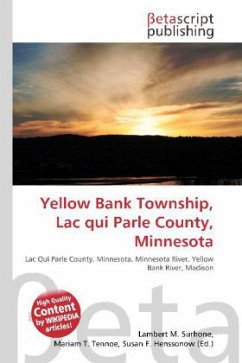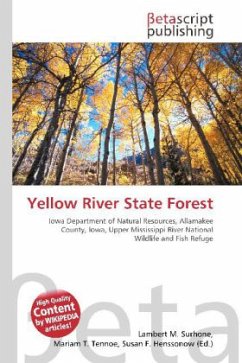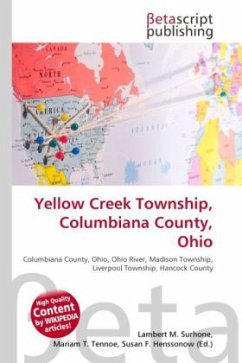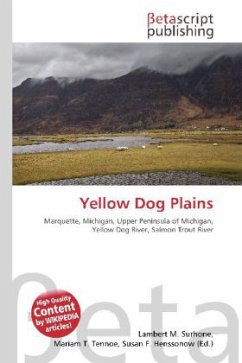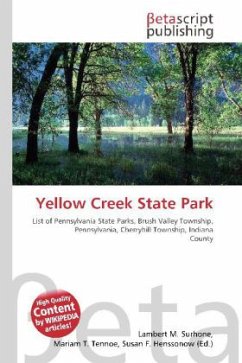High Quality Content by WIKIPEDIA articles! Yellow House Draw is an ephemeral watercourse about 130 km (81 mi) long, heading about 21 km (13 mi) north of Morton, Texas, and tending generally east-southeastward across the Llano Estacado to the city of Lubbock where it joins Blackwater Draw to form Yellow House Canyon at the head of the North Fork Double Mountain Fork Brazos River. It stretches across Bailey, Cochran, Hockley, and Lubbock counties of West Texas and drains an area of 9,790 km2 (3,780 sq mi). Lubbock Lake Landmark, an important archeological site and natural history preserve, is located in a meander of Yellow House Draw in the city of Lubbock, Texas. Native Americans and early settlers of the Llano Estacado used the springs in the draw until they went dry in the early 1930s due to excessive pumping of the Ogallala Aquifer. In 1936, the City of Lubbock dredged the meander in an effort to make it a usable water supply. These efforts were unsuccessful, but brought to light the archeological significance of the site. Today, there is very little standing water and no actual lake but the site has become an important archeological landmark.
Bitte wählen Sie Ihr Anliegen aus.
Rechnungen
Retourenschein anfordern
Bestellstatus
Storno

